What Is a Stroker Engine? How It Works, Pros & Cons
-
Greg Iacono
- Last updated:
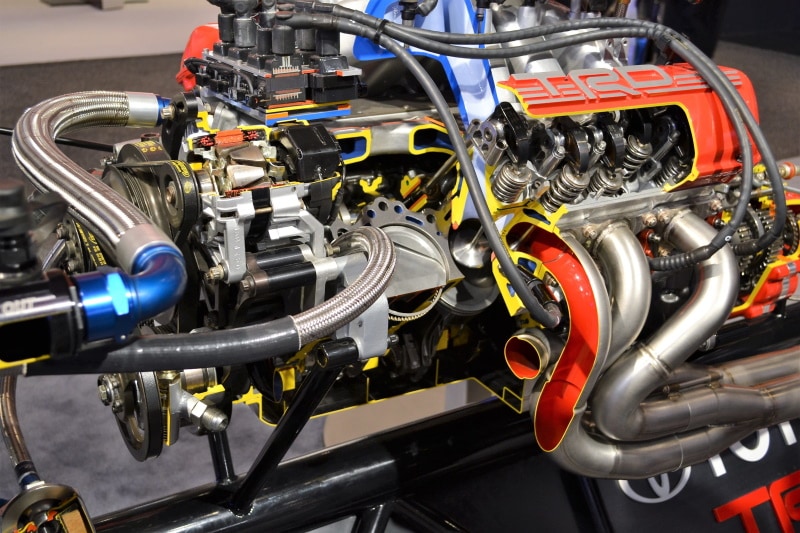
In the world of cars and motorsports, the term stroker engine is one you’ll hear frequently. That’s been especially true since most major automobile companies stopped putting big-block V8 engines in their cars. The engines that car companies make, mainly four cylinders with high fuel efficiency, don’t have nearly the displacement, power, and response of a massive V8.
Enter the stroker engine and, more specifically, stroker engine kits. By converting your stock engine to a stroker engine, you get back the refinement, excitement, and fast response of a big-block engine, at least to a point. If you’re keen on getting more power and quicker response out of your auto’s engine, read on to discover how a stroker engine kit can help you do exactly that!

How Does a Stroker Engine Work?
A stroker engine is relatively straightforward in how and why it works. It is an engine where the centerline has been increased.
Increasing the centerline, the circular movement around which the crankshaft turns, gives the crankshaft a longer throw, which is the length of the movement up and down. The crankshaft itself isn’t changed or elongated, but because of the larger centerline, it goes further down on the downturn and further up on the upturn.
Since the engine’s displacement is determined by the length of the stroke (and the bore), when you increase the crankshaft’s stroke length, you increase the engine’s size and, thus, the amount of air it can move with each stroke. This air movement increase, in turn, increases the amount of power the engine can make.
Described another way, when you lengthen the movement of the crankshaft, each time it goes up and down, more air is displaced. The more displaced air, the more power an engine will have. Interestingly, the engine’s overall size doesn’t need to change, just the length of the stroke or throw.
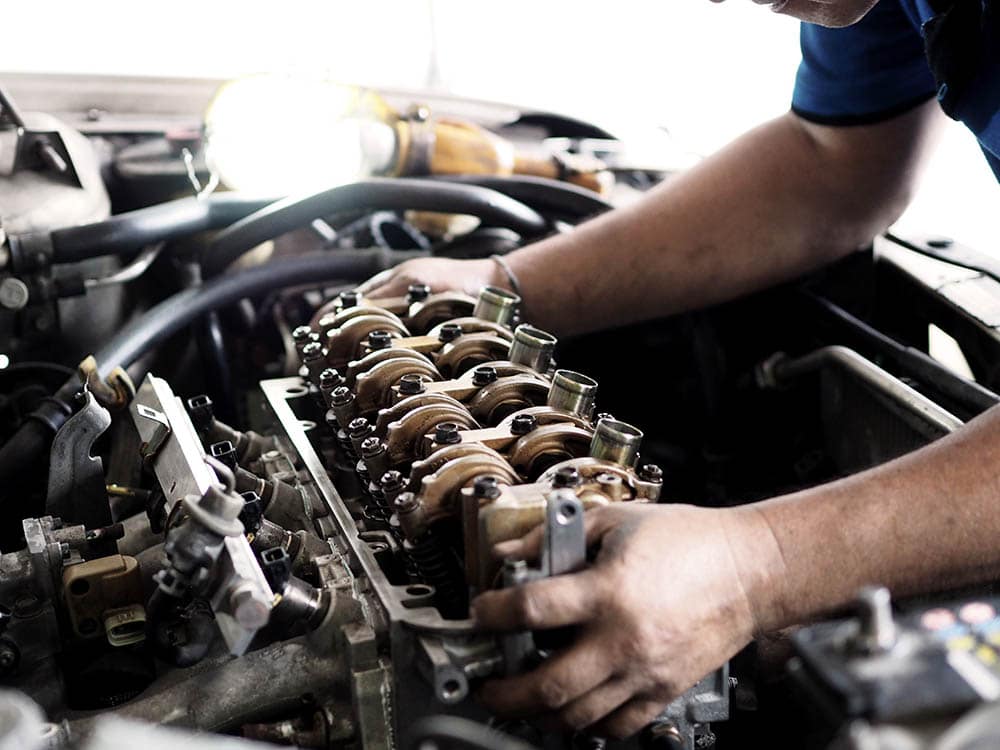
A perfect example of how changing the throw or stroke length can increase an engine’s power is the difference between a short wrench and a long wrench when removing a stubborn nut. With a short wrench, you need to apply more force than with a long wrench. The longer wrench provides one of the most vital forces in all motorsports: torque. Why? Because the distance between the point of applied power (your hand) is further away from the nut, giving you more rotational force (torque). Torque is the force that moves every vehicle, from cars to vans, buses, trains, and trucks. The more torque you have, the more powerful and faster the vehicle will be. The bore (width) of the engine’s pistons also has much to do with torque, but that’s a story for another article.
Before auto parts companies introduced stroker engine kits to the market, there were several ways to turn an ordinary engine into a stroker engine. One involved changing the crankshaft by taking a longer one out of an engine and putting it into the stroker engine.
The other involved moving the centerline so that the length of the crankshaft’s throw was longer. The problem with these methods is that they were labor-intensive, relatively expensive, and only nominally increased the engine’s power. Changing the centerline could also reduce the structural integrity of the crankshaft, leading to costly engine problems and engine failure.
What Are the Types of Stroker Engines?
Although all stroker engines are more or less the same, they are categorized into three types based on the engine’s bore, which is the cylinder’s inner diameter.
- Over-square Stroker Engine: In this stroker engine, the bore of the cylinder is greater than the length of the stroke. Because of this, in an over-square stroker engine, the engine will rev higher and faster, which will, in turn, generate more horsepower.
- Square Stroker Engine: The square stroker engine has a bore diameter and stroke length that are equal. The attraction of a square stroker engine is that your horsepower and torque will be well-balanced. Most high-performance street cars use square strokers because of this torque/horsepower balance.
- Under-square Stroker Engine: This engine has a stroke length larger than the bore’s diameter. An under-square stroker engine will produce more torque and overall power, but the change can reduce the engine’s revolutions because of the extra length the piston is forced to travel.
Where Is the Stroker Engine Used?
Stroker engines are used wherever someone needs more power from their engine. Stock car racers drag racers, and street racing cars often used stroker engine kits to give their engine more power and faster acceleration without a huge investment. Many street racers with 4-cylinder engines change them to stroker engines for this very reason: more power, and thus higher horsepower when racing.
Stroker engines have been around for several decades and are nothing new. Back in the days of massive V8 engines, many engine builders turned to stroker engines to get as much power as possible. Back then, before stroker kits, they would steal the crankshaft out of an engine with a longer stroke, although, as we mentioned earlier, it was a labor-intensive job with several drawbacks.
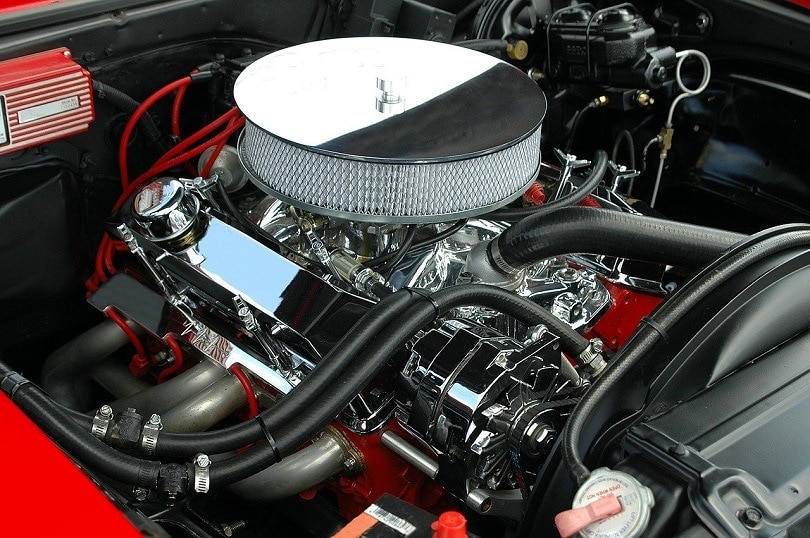
Advantages of a Stroker Engine
As we’ve seen, there are certain advantages in terms of torque and power when using a stroker engine. Below are some major benefits your vehicle will gain when converting your stock engine to a stroker engine.
- More Power: As we learned earlier, because of the longer throw of the shaft, a stroker engine will have more torque and, thus, more power.
- Faster Acceleration: Stroker engines accelerate very quickly and reach their maximum speed very quickly also. That is one of the biggest reasons drag racers love stroker engines.
- High Torque at Low Speeds: Even at low speeds, a stroker engine still has higher power due to the length of the crankshaft’s throw.
- Going from Stop to Top Speed Almost Immediately: Because they don’t ramp up their speed gradually, but almost instantly, stroker engines go from standing still to full power very quickly.
Disadvantages of a Stroker Engine
Stroker engines, unfortunately, have more disadvantages than advantages (depending on your needs and desires for your vehicle). Let’s look at the disadvantages below, and you can make up your mind.
- More Weight and Higher Fuel Consumption = Lower Fuel Efficiency: Because stroker engines weigh more than stock engines and use fuel faster, they are much less energy efficient.
- Inability To Maintain a Steady Pace: Stroker engines are seldom used in traditional track race cars because they have difficulty staying at a steady pace. This problem is especially true when rounding corners.
- Costly to Build, Even with a Stroker Kit; Stroker engines are relatively expensive to build, even with a stroker kit. Without it, the labor and time are intense and costly.
- Not Great in High-Performance Vehicles: For all of the reasons above, stroker engines are ill-equipped for use in high-performance automobiles.
- More Difficult to Maintain: Many drivers complain that stroker engines are more difficult to maintain. Also, when a stroker engine fails, there are few options for replacing it. They can also be more challenging to install in certain engines.
- Higher Risk of Stalls: Stroker engines have a terrible habit of stalling at stop signs, stoplights, and intersections because they have to work harder than stock engines when at a standstill.

Frequently Asked Questions
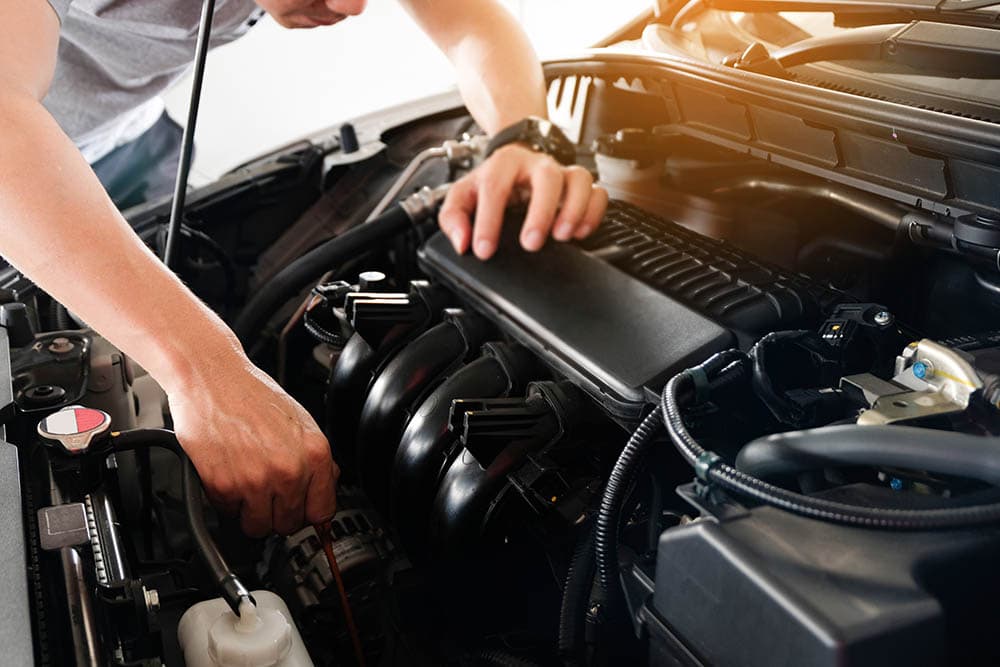
Q: Does stroking an engine increase torque?
A: Yes, stroking does increase torque, which is the main reason it’s performed on engines.
Q: What is the purpose of stroking an engine?
A: To increase engine displacement and thus both torque and power.
Q: Does stroking an engine weaken it?
A: Unfortunately, stroking an engine can weaken the engine and crankshaft and cause engine problems.
Q: Does stroke change compression?
A: No, a stroker engine will not have more or less compression.
Q: How do you increase stroke in an engine?
A: Stroke is increased by changing the crank’s offset and thus elongating the stroke or throw of the crankshaft.
Q: What are the benefits of a stroker engine?
A: Increased power, torque, and the ability to reach top speed quickly are the primary benefits of a stroker engine.
Q: Does a stroker motor rev higher?
A: In most cases, a stroker engine will not rev higher because of the increased length the piston needs to travel.
Q: What makes more power bore or stroke?
A: Most racing and car engine experts agree that bore affects power more than stroke length.
Q: What is included in the typical stroker kit?
A: A stroker kit to turn a stock engine into a stroker engine typically consists of a crankshaft, connecting rods, pistons, piston pins, main bearings, rod bearings, and piston rings.
Q: What is a good bore stroke ratio?
A: A common bore-to-stroke ratio is between 1.1 and 1.2 to 1 and is found in many high-performance production engines.
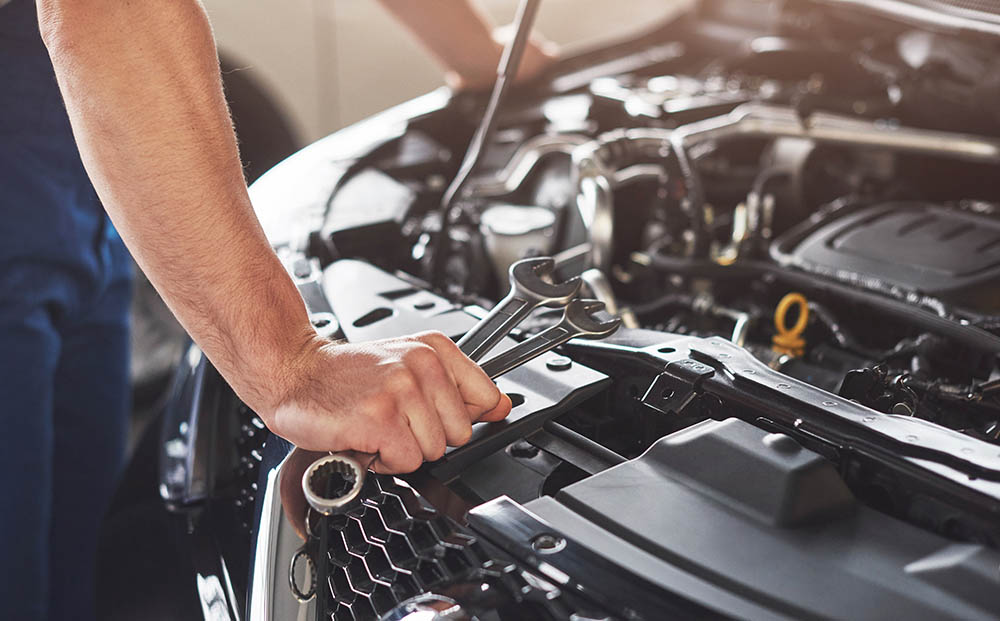

Final Thoughts
Car enthusiasts have used stroker engines for decades to increase their engines’ power, speed, and horsepower. The two main stroker engine enthusiasts are drag racers and street racers. This affinity is because a stroker engine produces power very quickly and can go from sitting to its top speed almost instantly.
However, stroker engines have several drawbacks, including difficulty changing an engine from stock to stroker, lowered fuel efficiency, and lower top-end speeds. Indeed, some car enthusiasts believe that a stroker engine has more disadvantages than advantages.
Whatever you believe about stroker engines, we hope you found today’s information interesting, valuable, and worth your time. One thing is certain about stroker engines: in the world of automobiles, where torque, power, and speed are revered, they have cemented their status in the pantheon of engine modifications.
Featured Image Credit: Piqsels
Contents